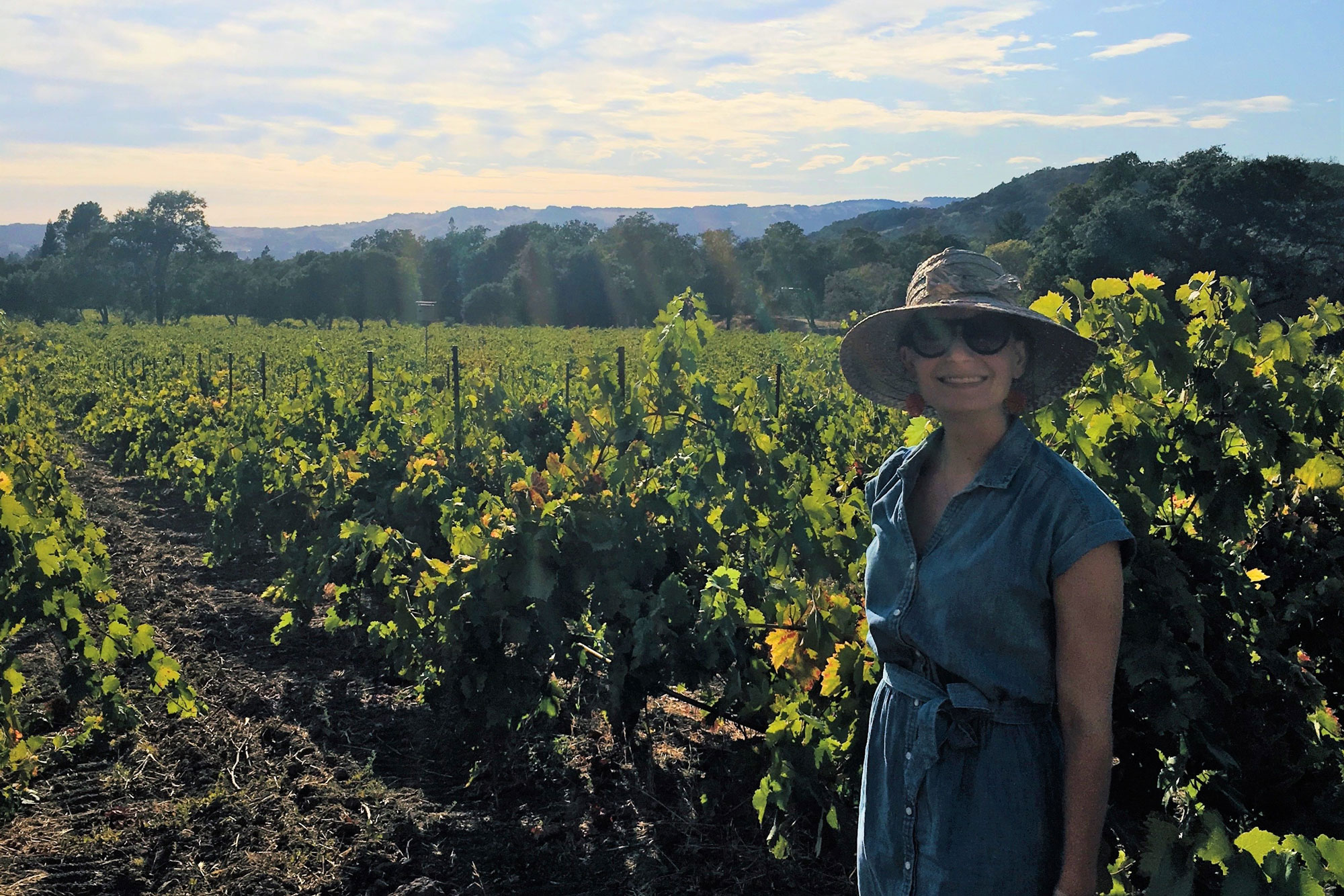
Jessica Rudnick’s first love was earth science. But after discovering that people’s beliefs and behaviors were key to solving environmental problems, she fell for social science. Now, as the California Sea Grant extension specialist for the Delta, Rudnick is working to better integrate local people into plans for the region. Understanding the needs of people who live, work, and recreate in the Delta could make the difference between fixes that are rejected or embraced.
Delta planning has historically focused largely on ecological health. But, like many estuarine areas, the Delta is a lived-in landscape. “There are socially embedded challenges that play out in environmental issues,” she says. “You can’t just throw more data and research at a problem and think you will find a solution.”
This epiphany struck while Rudnick was an undergraduate at Washington University in St. Louis, Missouri, studying land-use changes in Mississippi River floodplains. She counts herself lucky that her advisor urged her to go beyond biophysical data and into the real world to talk with communities impacted by the floodplains. “A lot of what happens on land is driven by individual landowners and managers and the choices they make,” she explains. “It sparked my curiosity about the people side.”
Rudnick’s passion led to graduate work at UC Davis on the underpinnings of farmers’ decisions on nitrogen fertilizer use, which can contaminate groundwater. She found that farmers’ capacity for natural resource stewardship depends partly on their bandwidth for and access to new information. Larger farms and those growing high-value crops, such as fruit and nut trees, tend to have economies of scale and access to capital that let them experiment with and adopt the latest management practices.
Today, 18 months into her Delta position, Rudnick collaborates with a team that is poised to launch an ambitious and groundbreaking survey of Delta residents. The immediate goal is to incorporate local voices into Delta Stewardship Council efforts including a climate change initiative called Delta Adapts.
Climate-driven threats in the Delta include temperatures too high for protected species like salmon and Delta smelt, as well as rising seas that overwhelm the levees encircling the many islands. Levee breaks could flood islands and draw salty ocean water far into the Delta, imperiling the water it supplies to 27 million Californians.
Designing an effective survey is no easy task, and Rudnick is grateful she didn’t have to start from scratch. “We borrowed from the Puget Sound Partnership,” she says, adding the Partnership already tracks how local people help or hinder ecosystem recovery. “They’ve learned a lot about which questions do and don’t work, which we can learn from.” More inspiration came from the Chesapeake Bay Stewardship Index, an assessment of residents’ actions and attitudes that impact the environmental health of the estuary.
Rudnick is also getting input on the survey design from Delta community groups representing families that go back five or six generations as well as the much larger population of relative newcomers who have moved to the region in recent decades. “There’s a lot of excitement over trying to capture what ‘Delta as a place’ means to people who call this region home,” she says while on her way back from a focus group with Delta farmers. Designated as the state’s first National Heritage Area in 2019, the Delta is a place rich in California’s cultural history.
The Delta residents’ survey taps into three major themes: social well-being, sense of place, and environmental change. “What does quality of life in the Delta look like for different groups, how are folks connecting with the Delta, and what are their environmental preferences — what would they like to see done?” Rudnick asks, adding that the survey is also designed to “go beyond the usual suspects to reflect the demographics of the general population.” As San Francisco Estuary Institute ecologist Letitia Grenier points out, farmers and recreational fishers already add their voices to the conversation but other perspectives may be missing, including those of farmworkers, subsistence fishers, Native American tribes, and urban interests.
Rudnick and the team plan to send about 60,000 survey invitation letters out this fall, reaching every household in the rural heart of the Delta and a sampling of those in the region’s urban edges. If this pilot survey takes off, local voices could become as fundamental to Delta planning as water quality, species trends, and other environmental indicators. “I hope the residents’ survey will be viewed as another indicator of the health of the Delta,” Rudnick says. She expects to have preliminary findings in mid-2023.
Top image: Jessica Rudnick visits a vineyard. Photo: California Sea Grant.
Related Estuary News
Other Links
Unifying Restoration Across the San Francisco Estuary